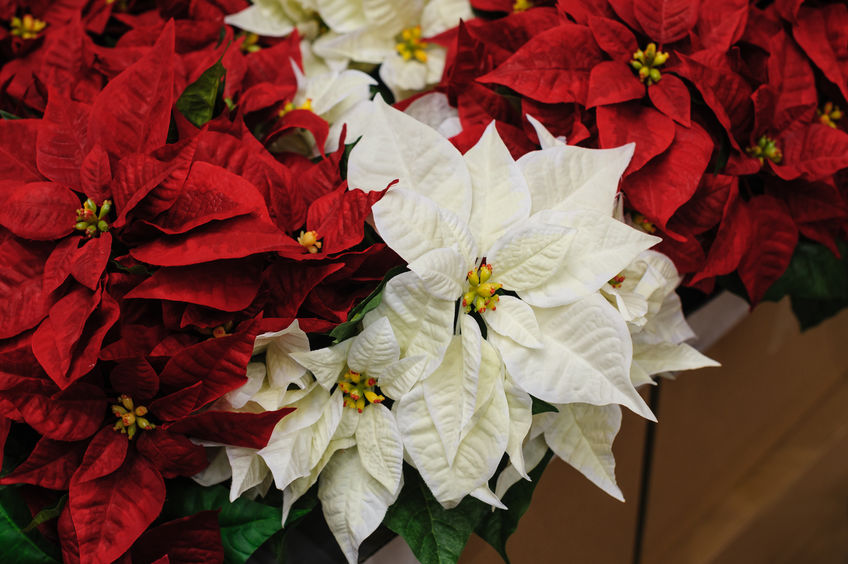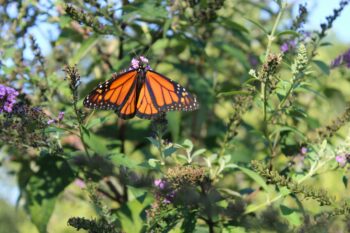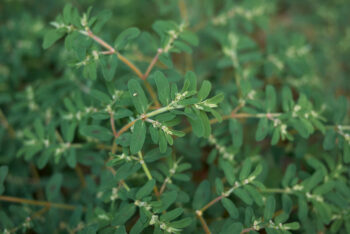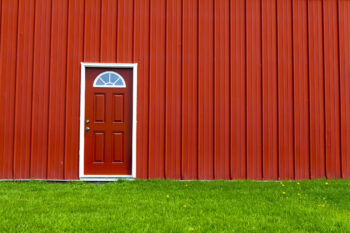Here in America, the winter color palettes are heavily influenced by shades we commonly associate with Christmas- red, green, and white. And so, the season’s most popular plants tend to follow suit. …Or is it the other way around?
Did winter get its color assignment based on what nature herself provides most abundantly?
We’ll let you decide which came first, as you explore our fun facts about the classic winter plants that stay green in winter.
Evergreen Plants
With the term “evergreen,” people conjure an image of a towering pine or spruce tree, with thin fragrant needles. Depending on the region or time of year, we envision a forest, a single Christmas tree, or perhaps the towering live oak. But true to their name, evergreens are any plant whose leaves remain green year-round. They rarely lose their foliage, though anyone who’s had a pine tree knows they’ll litter your yard (or your living room at Christmas!) with a prickly sprinkle of yellowing needles. Evergreens are trees, shrubs, or even a smaller plant. In fact, many don’t know that succulents- such as cacti and aloe vera- are also evergreens. Here are a few common types:- Conifers, such as spruce, pine, and red cedar, are what people think of when talking about evergreens. Famous for their stately shape, their cones, and their crisp fragrance, conifers are what you’ll see when you visit the lot to purchase a live Christmas tree.
- Angiosperms, are plants who produce seeds inside small pods. They are classed as evergreens. The well-loved and fragrant. Eucalyptus is one example.
- Succulents such as agave, aloe, and haworthia make fantastic indoor evergreens. Due to their plump, juice-filled leaves, they can withstand a decent amount of neglect and still- that’s right- stay green.
- Clubmosses is the last thing you’d expect on a list of attractive evergreens. As a close cousin to ferns, many varieties are quite striking. Unlike common “carpet moss,” some species of clubmoss such as stag’s horn and lycopodi produce tall, bright green bristly stalks.
- Holly bushes, live oak trees, ginkgo trees, and several others are also evergreens. Some are gymnosperms, meaning they produce seeds without fruit (this includes conifers). Others are classed as evergreens simply because they include a broad variety of species whose leaves are always green.
Holly bushes
Holly berry shrubs make a beautiful permanent addition to your landscape. Bear in mind that they produce male and female plants, so it’s important to get one of each to keep the female pollenated. Place her wherever you want to bright red berries in view, and plant the male nearby. Plant holly bushes in the spring or fall. They are a low-maintenance plant. Water only during drought conditions. Hollies do need occasional pruning, and it’s best to cover them during a hard freeze.Poinsettias
These colorful beauties are popular in the winter not just for their bright red foliage, but because they actually thrive in cold weather. The leaves which turn colors are actually called bracts, and they come in varieties of white, pink, and bright crimson. In order to achieve the richest possible color contrast, the bracts actually need 12-14 hours of total darkness each day. Despite all the wives’ tales we’ve been told, this particular variety of nightshades is among the least toxic in the bunch. Normal precautions should be taken with animals and small children, but they aren’t nearly as deadly as we once feared. Poinsettias require lightly moist soil and 5-6 hours of sunlight each day. They thrive in temperatures ranging from 50-80* Fahrenheit, but should be protected from direct heat sources and extreme temperature shifts.Mistletoe
Ahh, the kissing berry. As charming as it appears, mistletoe is actually invasive parasite whose berries can make you quite ill. They latch onto woody plants and steal their nutrients, causing significant harm if left to their own devices. If you spot a patch of mistletoe in your tree or shrubs, you may want to call in a professional. Their seeds sprout within the branches themselves, so simply plucking away the visible plant is not an adequate method of eradication. One more surprise- mistletoe is actually an evergreen! Although Western culture associates it with a snowy Christmas scene, mistletoe is actually a hardy desert plant that prefers the same arid climate as cacti, its equally unfriendly evergreens cousin. Looking for more winter-friendly lawn care advice from Ryno? Check out Winterizing Your Trees and Shrubs.Conifer- Spruce
Angiosperm- Eucalyptus
Succulents
Yaupon Holly
Poinsettas
Mistletoe





